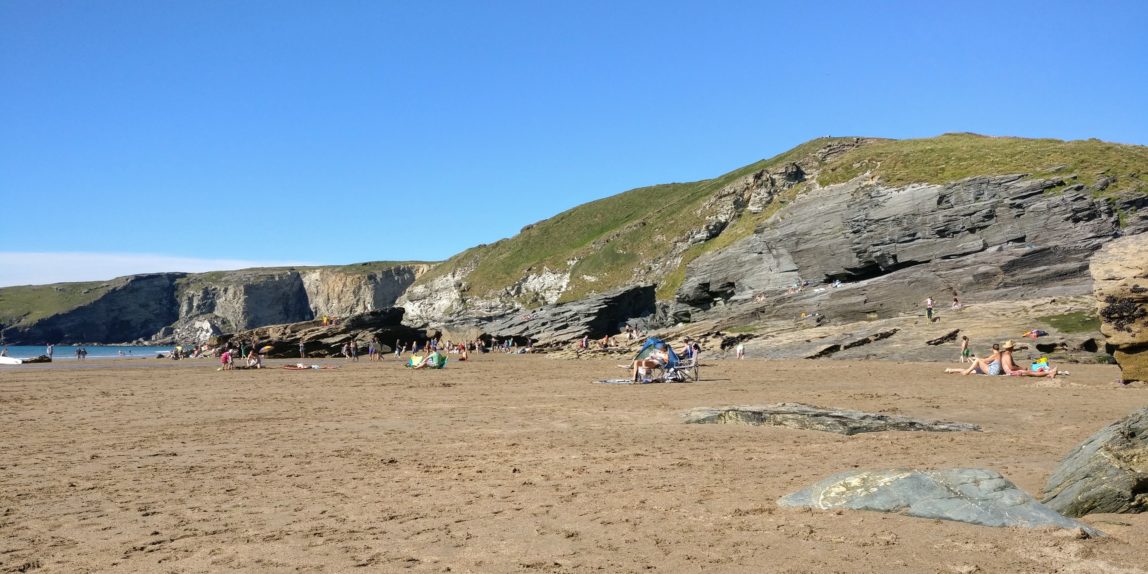I’m a photographer, or to put it another way, a chronicler of worlds to be lost. I go around, catching fractions of a second and preserving them for all time.
Did the early Daguerreotypists think that their stiff, formal portraits would be pored over for clues to the Victorian way of life 150 years later? Almost certainly not, but that happens. The rephotography projects of the American West would be interesting news to the pioneer photographers of the mid 19th century.
So when we take a photograph, it immediately becomes a historical record and as the years pass by, the historical interest grows. Nan Goldin’s Ballad of Sexual Dependency is a searing record of what it was to be poor and young in 1980’s New York. Martin Parr’s Last Resort reminds us that the decline of seaside towns is nothing new.
I wonder if Goldin and Parr ever thought about how their work would be viewed in 30 years’ time? Certainly at the time they took the photographs, I have no doubt that they were simply in the moment. But as they reviewed and edited their images, did they think that these images would serve as a record of hair styles, clothes, activities, shops, cars and ways of life that would soon disappear?
Projects like these allow us to look back and see what has changed. But in my current practice, I am trying to deliberately seek out scenes that will be affected in the future by climate change. The science of climate change is unique in that it does give us some very strong indicators of what the physical world will be like in the future. For example, a two-metre rise in sea levels is highly likely in some parts of the world by the year 2100.
I’m currently on holiday in Cornwall. I spent the day on the beach at Trebarwith on the North coast. At high tide, the sea reaches up, almost to the road. As the tide recedes, a beautiful sandy beach is revealed. It is pictured at the top of the page.
When the sea rises by two metres, this sand will never be exposed and people will no longer be able to sun-bathe, exercise their dogs, paddle or sit and chat. To protect the buildings at the bottom of the village, a wall will have to be built at the bottom of the road. With no beach, no visitors will rent the holiday homes that line the main street. With no tourists, the café, art gallery and pub will close. Hopefully, there will be time to adapt and new businesses and jobs will come along. But at the moment, no one knows what those will be.
So my picture of a bustling beach is very much a chronicle of a world to be lost. My grandson Cassidy will be able to visit Trebarwith as an old man, with my picture, and say “this is how it was before the sea rose”.
It feels strange to write these words, reaching out into the future in a way I have never done before. But the research has given me this understanding and now it is a privilege to apply it to my practice.
